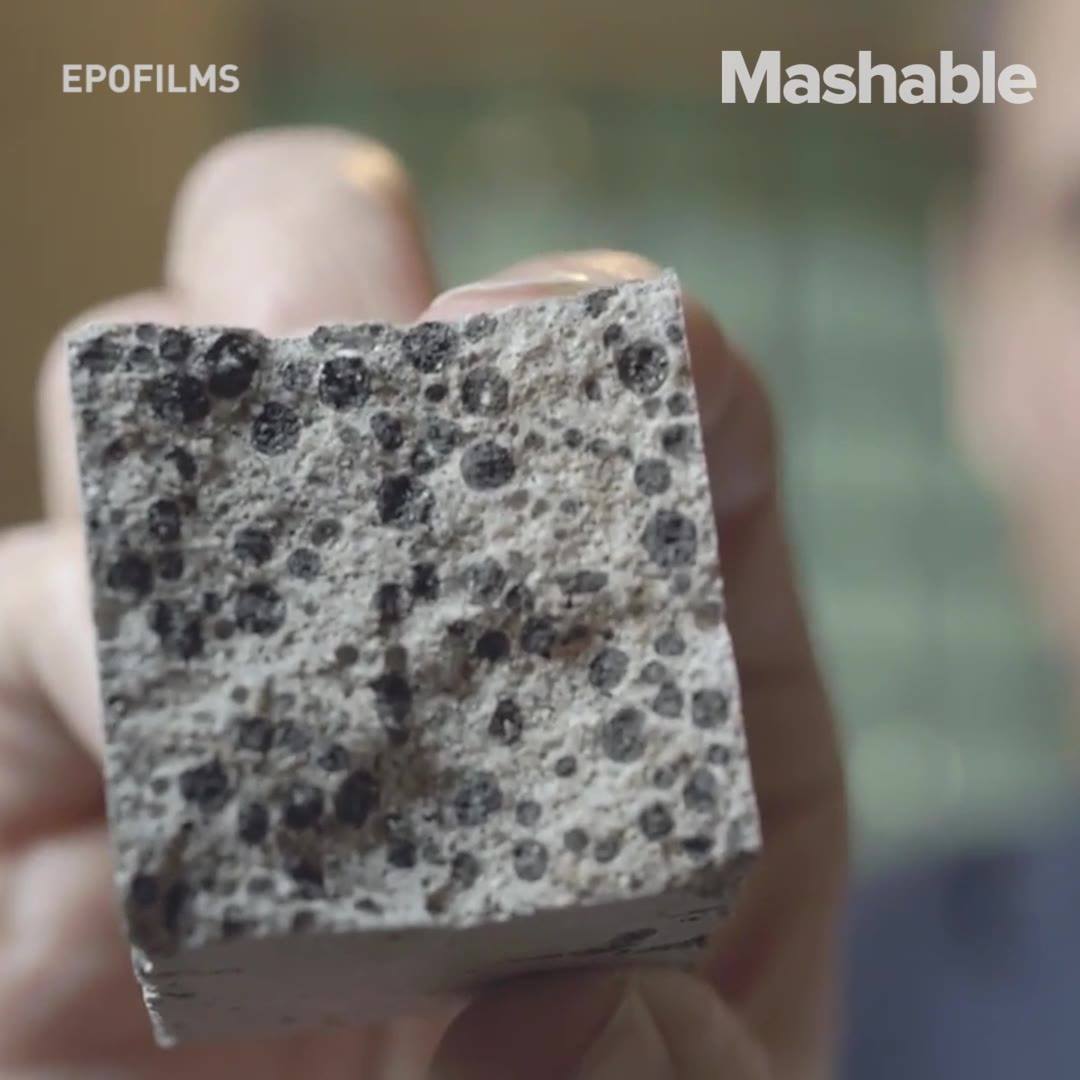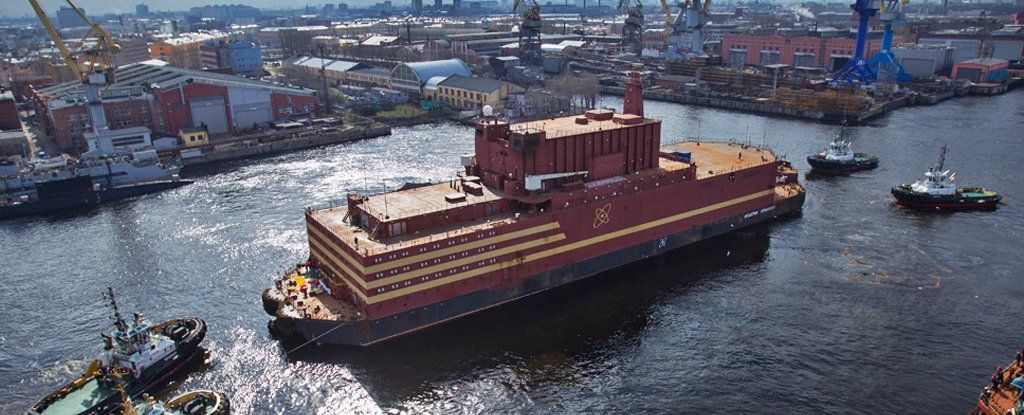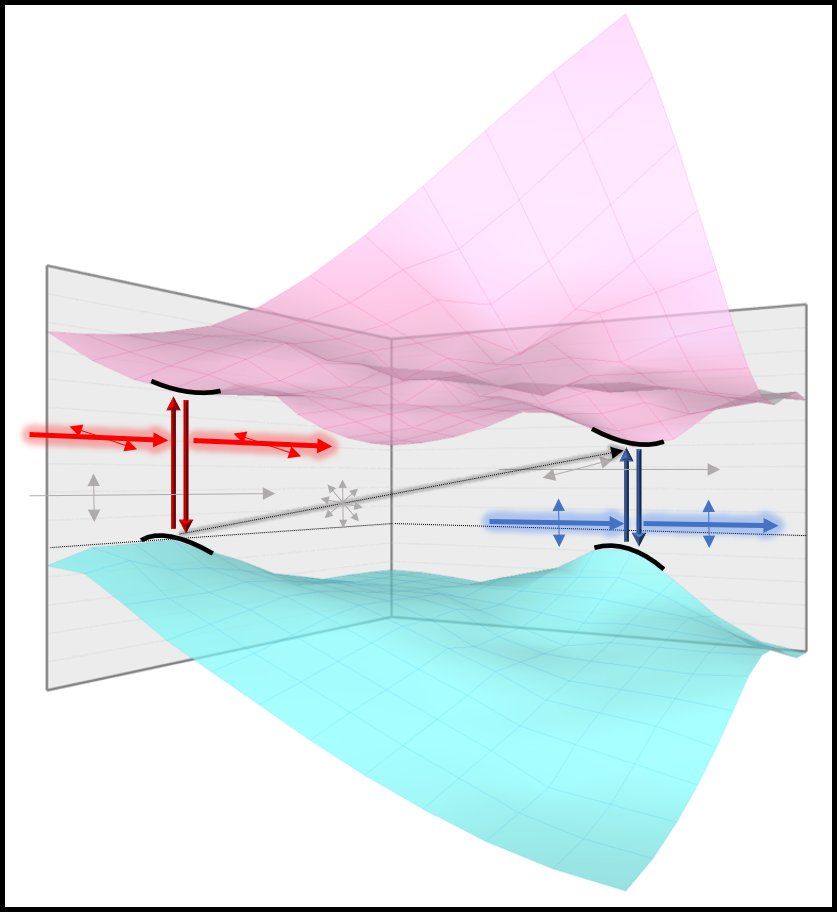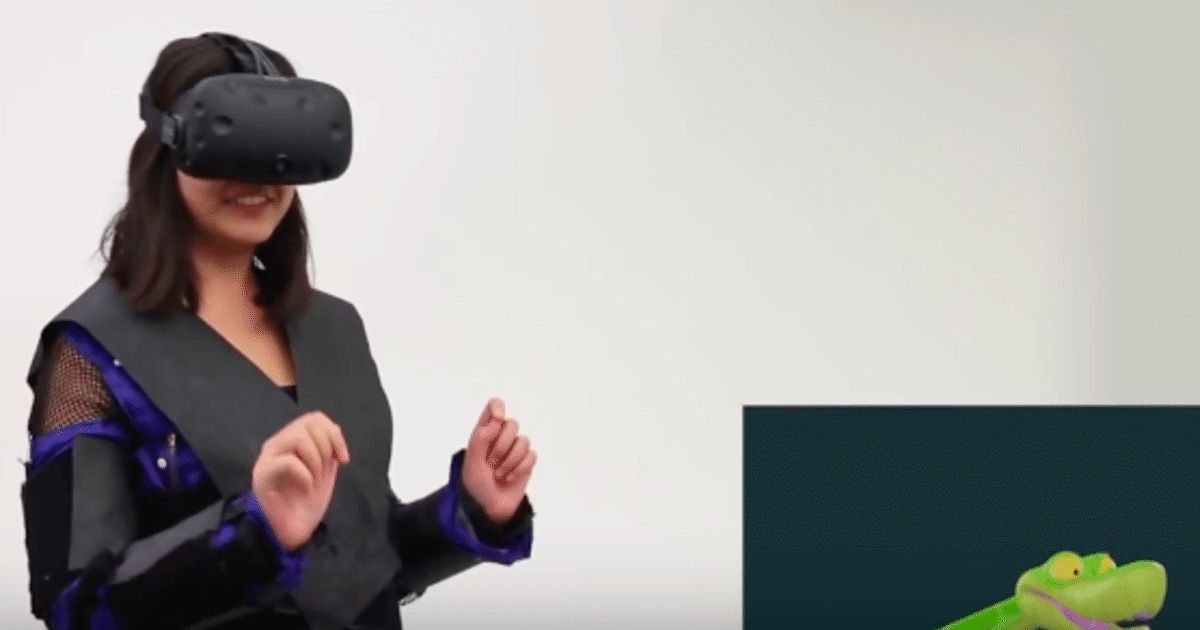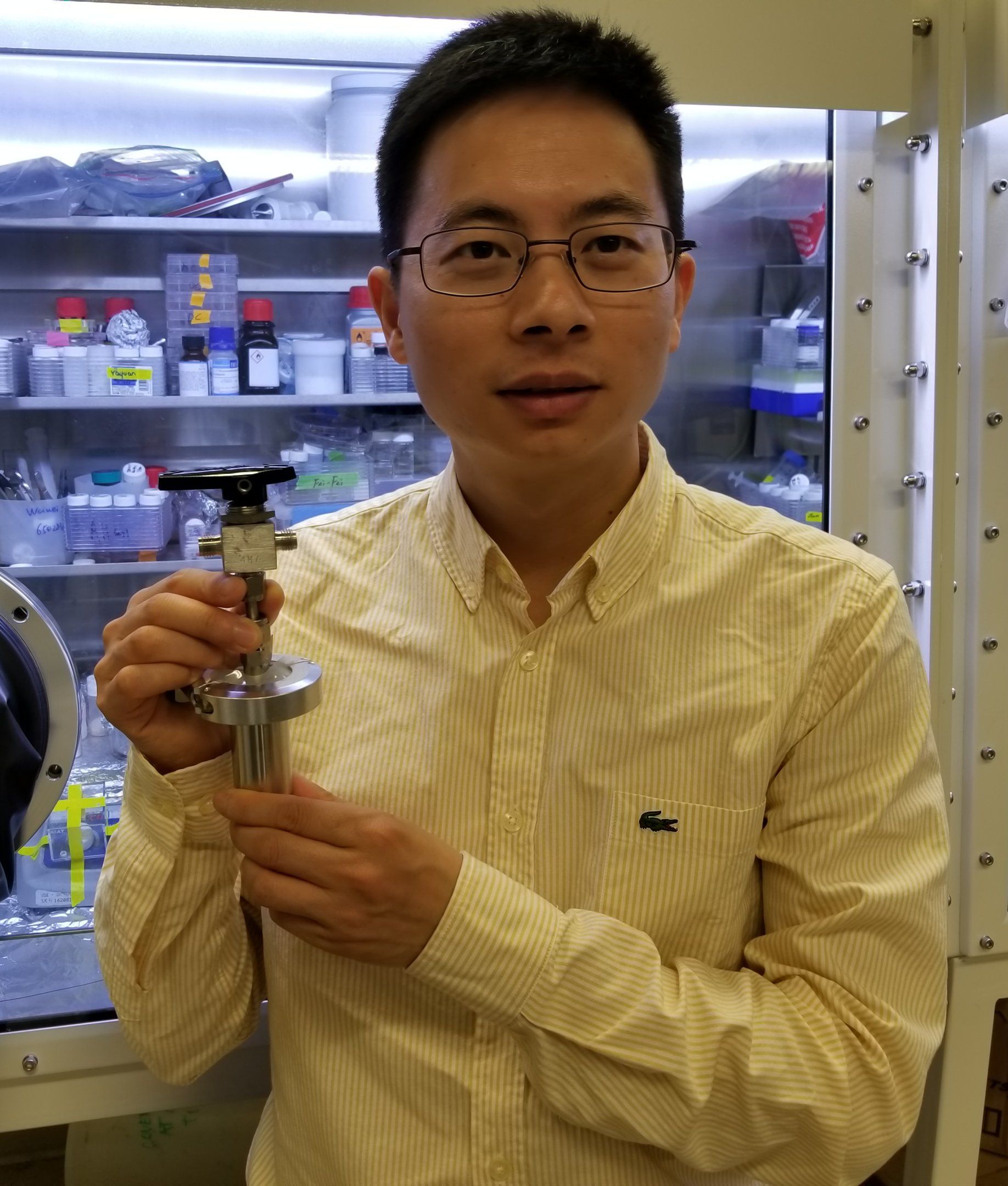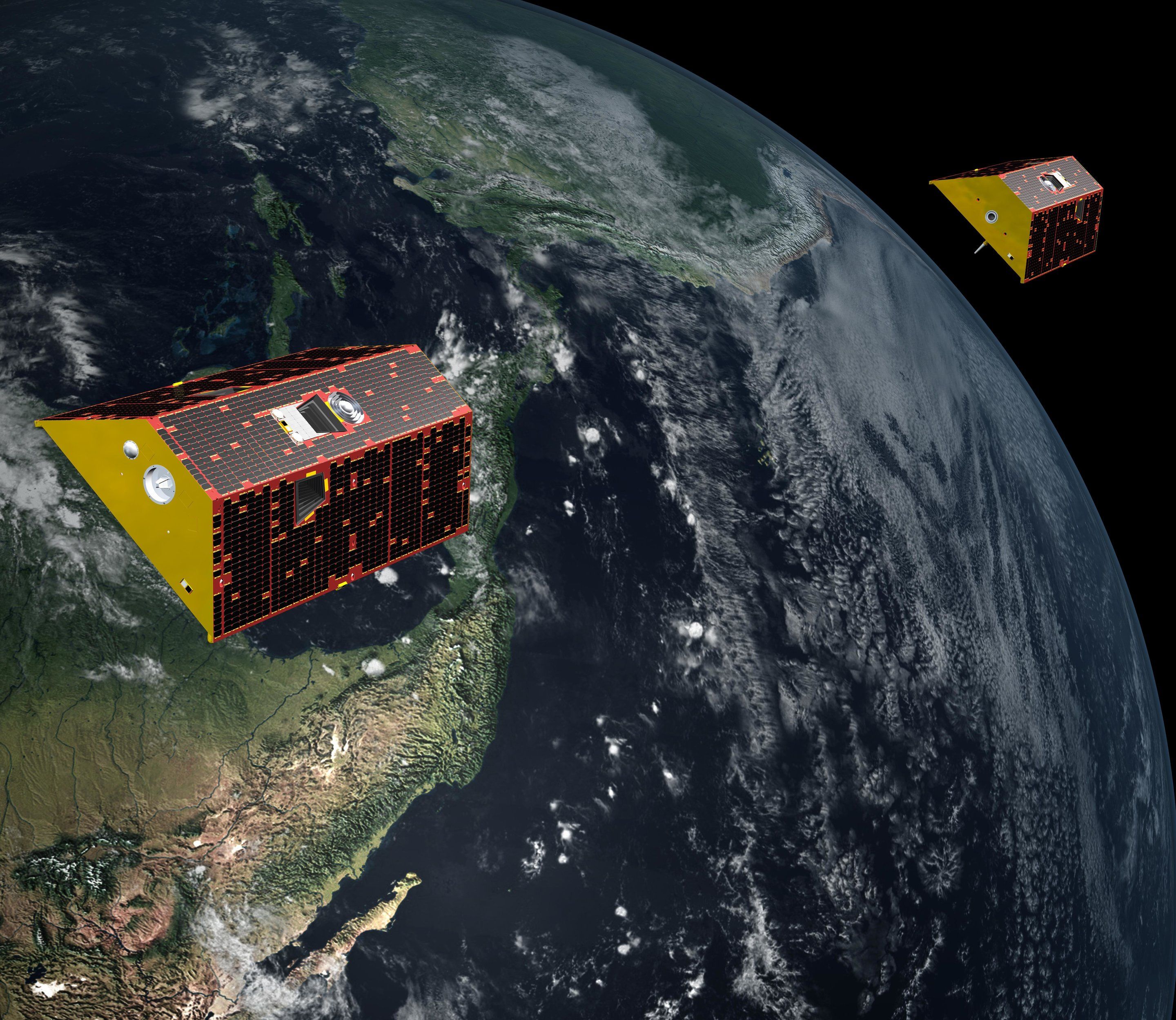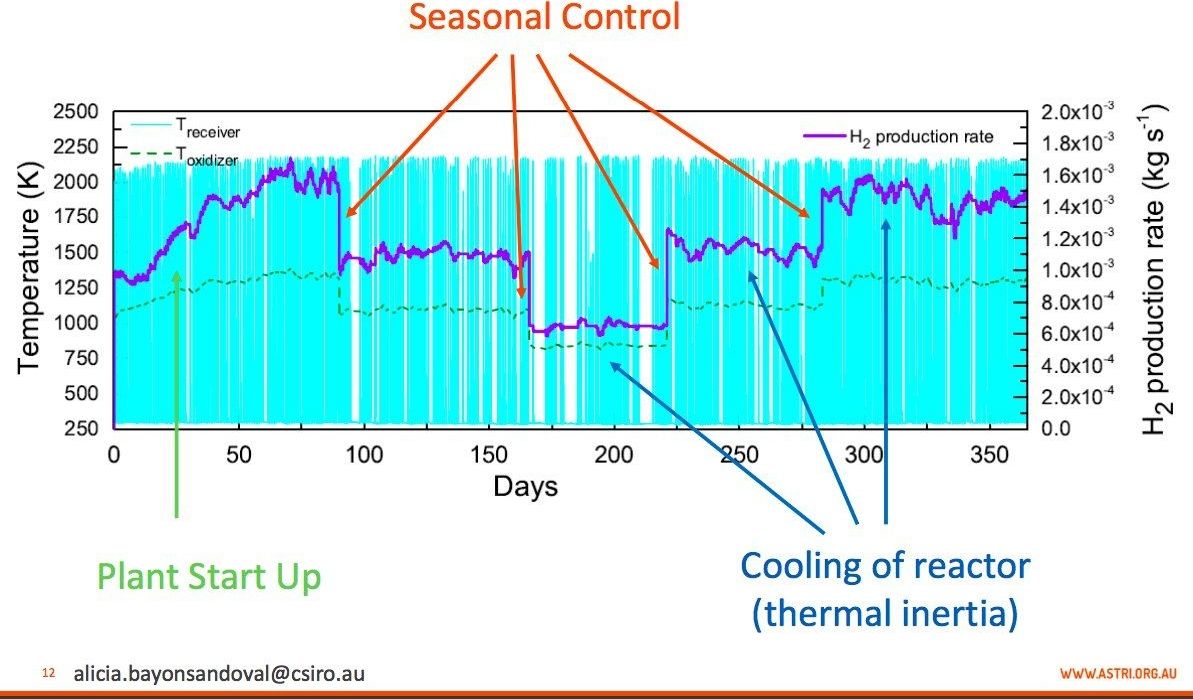Page 9811
May 1, 2018
Russia Has Launched a Floating Nuclear Power Plant Critics Are Calling “Nuclear Titanic”
Posted by Shane Hinshaw in category: nuclear energy
What could go wrong?
If the world is going to end, why not have it be for a ridiculous, insane reason?
Like, say, building nuclear power plants on top of a barge and sending it floating up to the Arctic?
May 1, 2018
Valleytronics discovery could extend limits of Moore’s Law
Posted by Shane Hinshaw in categories: computing, materials
Research appearing today in Nature Communications finds useful new information-handling potential in samples of tin(II) sulfide (SnS), a candidate “valleytronics” transistor material that might one day enable chipmakers to pack more computing power onto microchips.
The research was led by Jie Yao of the Department of Energy’s Lawrence Berkeley National Laboratory (Berkeley Lab) and Shuren Lin of UC Berkeley’s Department of Materials Science and Engineering and included scientists from Singapore and China. Berkeley Lab’s Molecular Foundry, a DOE Office of Science user facility, contributed to the work.
For several decades, improvements in conventional transistor materials have been sufficient to sustain Moore’s Law — the historical pattern of microchip manufacturers packing more transistors (and thus more information storage and handling capacity) into a given volume of silicon. Today, however, chipmakers are concerned that they might soon reach the fundamental limits of conventional materials. If they can’t continue to pack more transistors into smaller spaces, they worry that Moore’s Law would break down, preventing future circuits from becoming smaller and more powerful than their predecessors.
May 1, 2018
Disney’s haptic VR jacket lets you feel snowball impacts and snakes slithering
Posted by Shane Hinshaw in categories: augmented reality, robotics/AI, virtual reality
Virtual reality is a gateway to powerful experiences. Strap on a pair of VR goggles, look around, and the scene you see will adjust, in real time, to match your gaze. But the technology is a visual one. Virtual reality doesn’t include touch, although there are controllers that provide “hand presence,” allowing you to manipulate objects in the virtual world, or shoot a simulated gun. So while VR today could simulate a Westworld -like setting, you’re not going to be actually feeling the hug of a cowboy-robot on your body while using any of the major platforms—at least not for a while.
The Force Jacket, a garment from Disney Research, aims to address that gap. Made out of a converted life jacket, the prototype uses embedded airbags that inflate, deflate, or even vibrate to literally give its wearer a feeling of being touched. When coupled with VR software, the setup can simulate something bizarre—a snake slithering on you—or more pedestrian: getting hit by a snowball. In brief, the sensation of touch you feel on your actual body can match what you see in a virtual one. (The device is the result of a research project, so these lifejacket-garments aren’t exactly on sale on Amazon. It’s also not the first research to focus on incorporating haptics into VR.)
“If you’ve experienced virtual reality or augmented reality, it’s largely based in this immersive visual world,” says Alexandra Delazio, the lead researcher on the jacket project and currently a research engineer at the University of Pittsburgh, where she works on technology for people with disabilities. “The real world is not just visual—it’s full of force and pressure-based interaction.” The goal of the jacket is to bring that sense of touch to the virtual world, or maybe even offer a way for someone far away to give you a hug.
Continue reading “Disney’s haptic VR jacket lets you feel snowball impacts and snakes slithering” »
May 1, 2018
Meet the World’s First Bionic Drummer
Posted by Nancie Hunter in categories: cyborgs, transhumanism
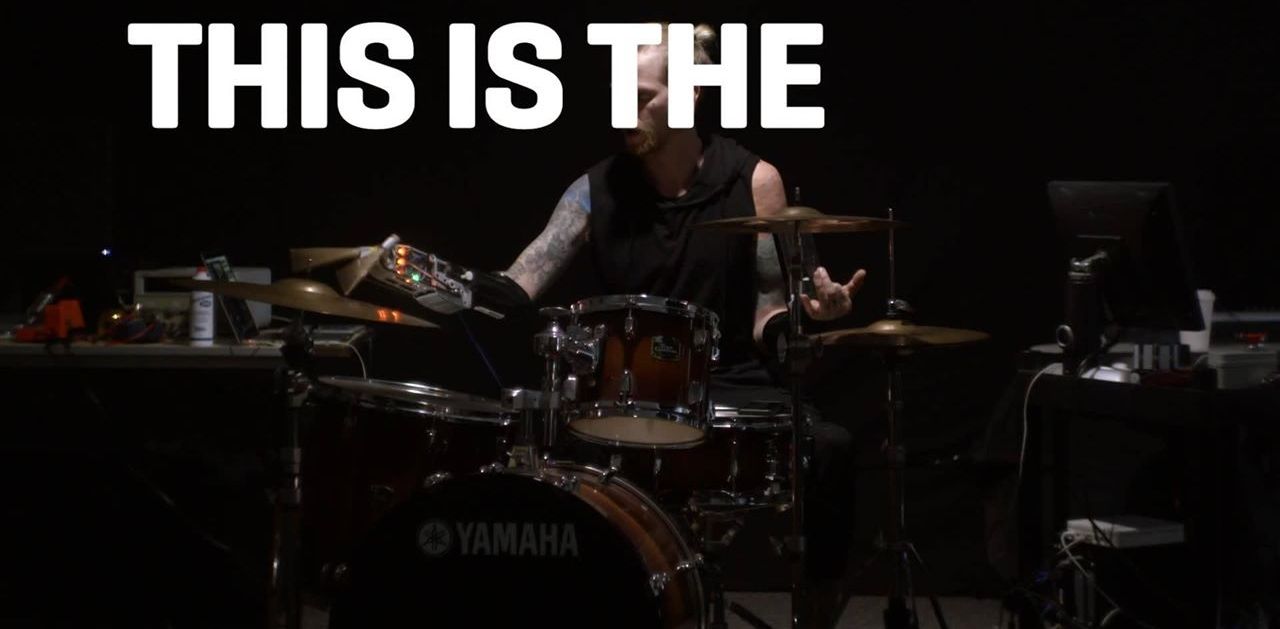
This musician lost his arm to an electrical transformer. Now he’s become the world’s first bionic drummer.
Via Superhuman
May 1, 2018
Researchers develop water-based battery to store solar and wind energy
Posted by Bill Kemp in categories: solar power, sustainability
Stanford researchers have developed a water-based battery that could provide a cheap way to store wind or solar energy generated when the sun is shining and wind is blowing so it can be fed back into the electric grid and be redistributed when demand is high.
The prototype manganese-hydrogen battery, reported today in Nature Energy, stands just three inches tall and generates a mere 20 milliwatt hours of electricity, which is on par with the energy levels of LED flashlights one might hang a key ring.
Despite the prototype’s diminutive output, the researchers are confident they can take this table-top technology up to an industrial-grade system that could charge and recharge up to 10,000 times, creating a grid-scale battery with a useful lifespan well in excess of a decade.
Continue reading “Researchers develop water-based battery to store solar and wind energy” »
May 1, 2018
Twin spacecraft to weigh in on Earth’s changing water
Posted by Bill Kemp in categories: climatology, health
A pair of new spacecraft that will observe our planet’s ever-changing water cycle, ice sheets and crust is in final preparations for a California launch no earlier than Saturday, May 19. The Gravity Recovery and Climate Experiment Follow-On (GRACE-FO) mission, a partnership between NASA and the German Research Centre for Geosciences (GFZ), will take over where the first GRACE mission left off when it completed its 15-year mission in 2017.
GRACE-FO will continue monitoring monthly changes in the distribution of mass within and among Earth’s atmosphere, oceans, land and ice sheets, as well as within the solid Earth itself. These data will provide unique insights into Earth’s changing climate, Earth system processes and even the impacts of some human activities, and will have far-reaching benefits to society, such as improving water resource management.
“Water is critical to every aspect of life on Earth—for health, for agriculture, for maintaining our way of living,” said Michael Watkins, GRACE-FO science lead and director of NASA’s Jet Propulsion Laboratory in Pasadena, California. “You can’t manage it well until you can measure it. GRACE-FO provides a unique way to measure water in many of its phases, allowing us to manage water resources more effectively.”
May 1, 2018
How to make solar hydrogen year round
Posted by Bill Kemp in categories: particle physics, solar power, sustainability
Researchers have built a new dynamic model showing how hydrogen produced with concentrated solar thermal energy can be made more continuously through a novel seasonal control strategy with ceria (CeO2) particles buffering the effect of variation in solar radiation.
A paper, “Dynamic Model of a Continuous Hydrogen Production Plant Based on CeO2 Thermochemical Cycle,” presented at the SolarPACES2017 Annual Conference, proposes using ceria particles not only as the redox reactant in hydrogen production, but also for heat storage and heat transfer media (or medium) to control the temperatures.
Hydrogen can be produced by splitting water (H2O into H2 and oxygen) at very high temperatures using concentrated solar thermal (CST) — avoiding today’s use of fossil fuels for hydrogen production. Using mirrors reflecting focused sunlight onto a receiver, CST can generate very high temperatures for thermochemical processes in a solar reactor, up to 2,000°C, and can store solar energy thermally so it can dispatch the energy when needed.
May 1, 2018
To create safer cities for everyone, we need to avoid security that threatens
Posted by Bill Kemp in categories: economics, security, space
The central role of public spaces in the social, cultural, political and economic life of cities makes it crucial that they’re accessible to everyone. One of the most important qualities of accessible public spaces is safety. If people do not feel safe in a public space, they are less likely to use it, let alone linger in it.
Perceptions of safety are socially produced and socially variable. It is not simply the presence of crime – or “threatening environments” – that contributes to lack of safety or fear.
All sorts of measures are put in place to make public spaces safer, from design to policing. But when we consider the effectiveness of these measures, we always have to ask: whose safety is being prioritised?
May 1, 2018
Most microplastic harm done at lowest levels of food web, according to analysis
Posted by Bill Kemp in category: food
Purdue University scientists led a comprehensive analysis of research concerning the effects of microplastics on aquatic life, with the results showing widely different impacts among different types of animals. Strong negative effects were particularly apparent for small animals, such as larval fish and zooplankton, a source of food for many species, suggesting serious potential consequences that could ripple throughout the food web.
Tomas Höök, an associate professor in Purdue University’s Department of Forestry and Natural Resources and director of the Illinois-Indiana Sea Grant College Program, led a team that designed a meta-analysis of research related to the effects of microplastics on aquatic life. The analysis, published in the journal Science of the Total Environment, used results from 43 other studies that each considered the effects of microplastics on consumption of food, growth, reproduction, and/or survival of aquatic animals. The analysis mathematically calculated one or more effect size(s) for each study, then those effects were combined statistically to understand the big-picture effect on animals. The animals included in this study were all aquatic but ranged from fish to mussels to sea urchins to worms.
The most significant findings included:
Continue reading “Most microplastic harm done at lowest levels of food web, according to analysis” »
